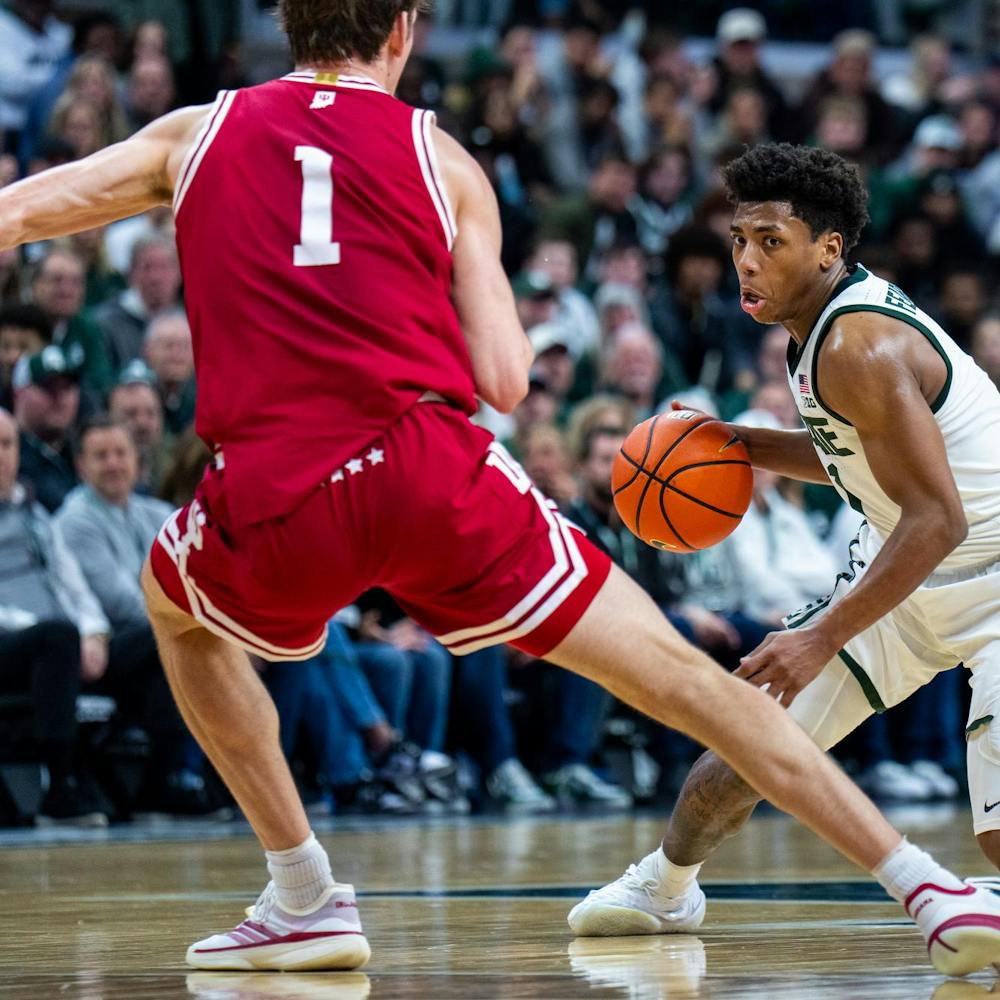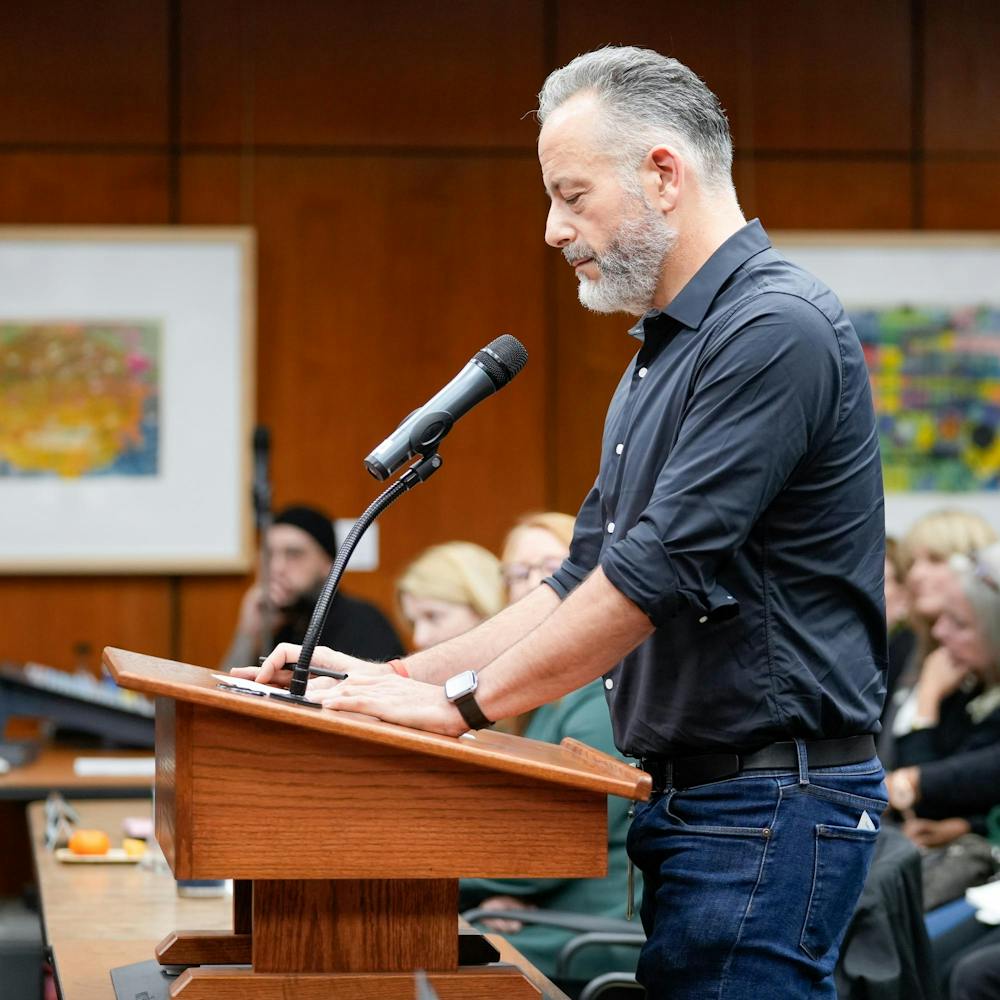But after a year at MSU, where tuition has gone up and financial aid has stalled, Delaney is seeing his college investments slowly drain away.
“(The cost of college) has obviously increased exponentially over the years, and I mean, it would be nicer to go to school 10 years ago or so,” he said.
In recent months, the battle to keep college at a manageable cost has come to the forefront, and many students like Delaney are faced with taking on student loans to stay afloat, at a time when loan interest rates also are set to increase.
As college costs continue to soar upward, many students find they have to take out more loans, often at a considerable price, as interest rates for federal subsidized Stafford loans — which serve about 7.5 million students nationwide — are set to rise from 3.4 percent to 6.8 percent next month.
In 2010, student loan debt surpassed total credit card debt for the first time, and this year, student loan debt grew to more than $1 trillion.
Val Meyers, associate director of the Office of Financial Aid, said there is a recent trend of more students taking out loans to pay for tuition in the past several years compared to previous decades.
“It’s all part of the economic situation,” Meyers said. “Costs continue to go up, gift aid stays flat, state gift aid has declined. What are people to do except borrow if they can’t pay out of their own income?”
State spending
Although Meyers said there is no doubt student loan debt has grown during her 26 years with the Office of Financial Aid, the growth has been gradual, not a sudden surge out of control.
But the 2008 recession affected students hard, through cuts to state and federal gift aid programs and a decrease in higher education funding from the state, which is another reason why college costs continue to rise, said state Rep. Bob Genetski, R-Saugatuck.
Michigan’s slowed economy equated to cuts in higher education funding, leading universities to decrease the amount of money available for financial aid while student needs increased.
Meyers said cuts to state funding programs have forced students to take on loans to compensate for costs previously covered through state aid.
“We’ve continued to see growth in tuition costs, just as we’ve continued to see changes to what the state of Michigan can spend,” Meyers said.
The higher rate is not retroactive on loans already taken out, and all new loans will have 6.8 percent interest rates, which will add up over the years, she said.
“If it takes you 10 years to repay your loan, how much extra interest is there going to be?” she said.
Although media and information sophomore Jacob Dunn said he is fortunate enough to have his education paid for by his parents, he still thinks college is too expensive for the average student.
When his mother was in college earning several degrees over a 12-year period, her total education bill was about $22,000, he said.
“Here, that’s about one year (of in-state tuition),” he said. “So college prices are going up quite a bit.”
Federal Cuts
Congress passed the College Cost Reduction and Access Act in 2007 to cut federal subsidized Stafford student loan interest rates in half for four years — a reduction from 6.8 percent to 3.4 percent. But the legislation, which took effect in 2008, is set to expire at the end of this month. If the act is not extended, the higher rates will be reinstated for the 2012-13 academic year.
Support student media!
Please consider donating to The State News and help fund the future of journalism.
President Barack Obama, in an election year push, has traveled around the country making student loan debt a priority on his agenda, speaking with college students at several universities this spring.
“I’ve always believed that we should be doing everything we can to help put higher education within reach for every single American student,” Obama said in a conference call during his campus tours. “It’s never been more important. Unfortunately, it’s also never been more expensive.”
Cecilia Muñoz, director of the White House Domestic Policy Council, said the average student leaves college with about $25,000 of debt, and universities have a role to play in driving down costs.
MSU undergraduate students borrowed about $72 million total in subsidized Stafford loans in 2010-11, with an average loan of $4,737, according to the Office of Financial Aid.
Among Big Ten universities, MSU remains around average in aid given, according to The College Board, with 65 percent of first-year students applying for need-based aid in fall 2011. But although 77 percent of first-year students who applied for aid were offered it, only 12 percent had their full needs met.
Some cuts to state and federal aid — including the Michigan Promise Scholarship, which awarded Michigan high school graduates merit-based scholarships until it was discontinued in 2009 — were replaced by university funding, Meyers said. But it was not sustainable beyond a single semester.
“We were able to replace it with MSU money for the second semester for the neediest, but we could not continue to do that,” she said.
Congress inaction
Despite Obama’s calls for Congress to extend the lower student loan interest rates, Congress has failed to reach a compromise on extending the halved loan rate, which could cost about $6 billion a year to maintain.
Republicans and Democrats have shown support for keeping the lower rates, but argue about how to pay for it.
House Republicans are seeking cuts to federal workers’ retirement benefits and Obama’s health care reform, while Democrats have proposed eliminating tax cuts for high-income households.
“It seems like there’s agreement that they want to do it,” Meyers said. “The disagreement is how to pay for it. I don’t think anyone really understands how that could be resolved.”
Muñoz said Congress worked together to cut the interest rates in half in 2007 and needs to collaborate again now.
“(This is) the kind of thing that can get done in a bipartisan way, if they have the time and will to act,” Muñoz said. “There is no reason why the legislature can’t act.”
Some congressmen, including U.S. Rep. Gary Peters, D-Bloomfield Township, have introduced legislation that would extend the low interest rate an additional year, during which time a long-term solution can be determined.
“A college education is the key to a bright future, and we can’t allow student loan interest rates to double,” Peters said in a statement.
But Genetski said one of his concerns is new graduates looking for jobs in a deficit economy, when money that could be used to create more job opportunities instead is going toward paying back loans.
“When money is going to pay back student debt, (and) not going into the economy, buying cars or homes, it affects all of us,” he said.
“I hate to see kids putting in all the time to put in loans … in an economy that doesn’t have any jobs.”
Discussion
Share and discuss “Forever a loan” on social media.







